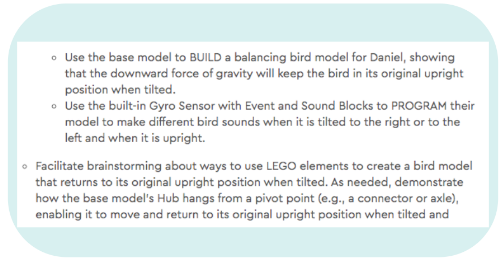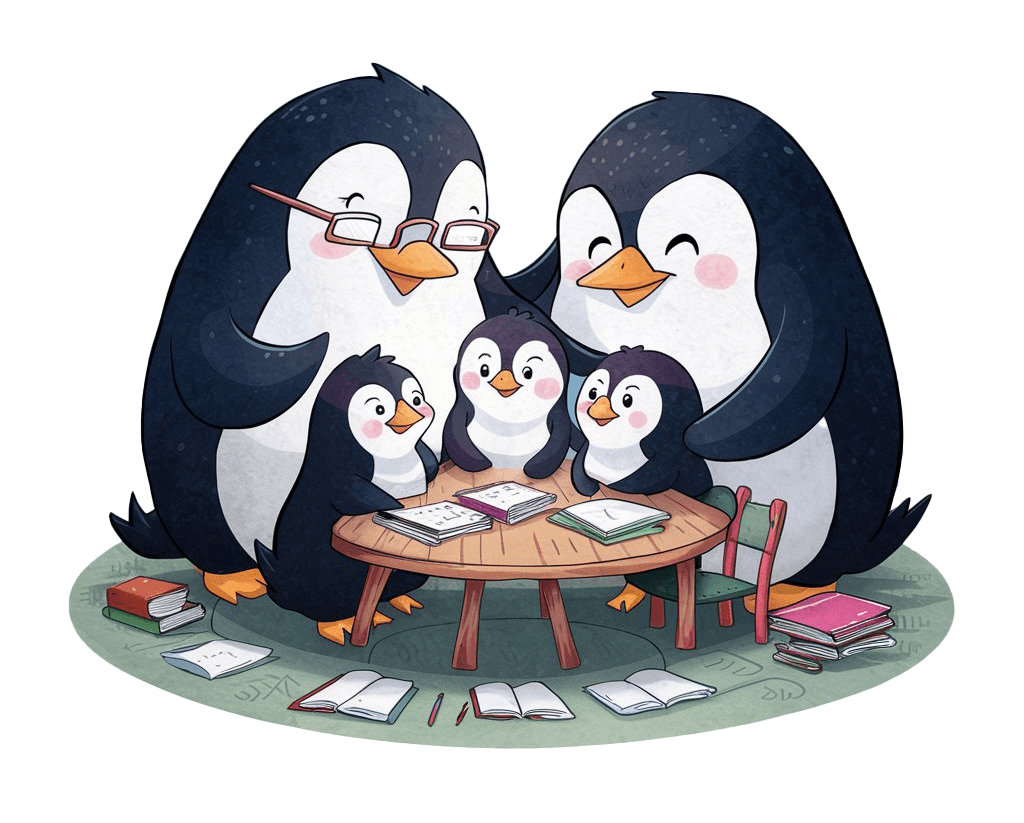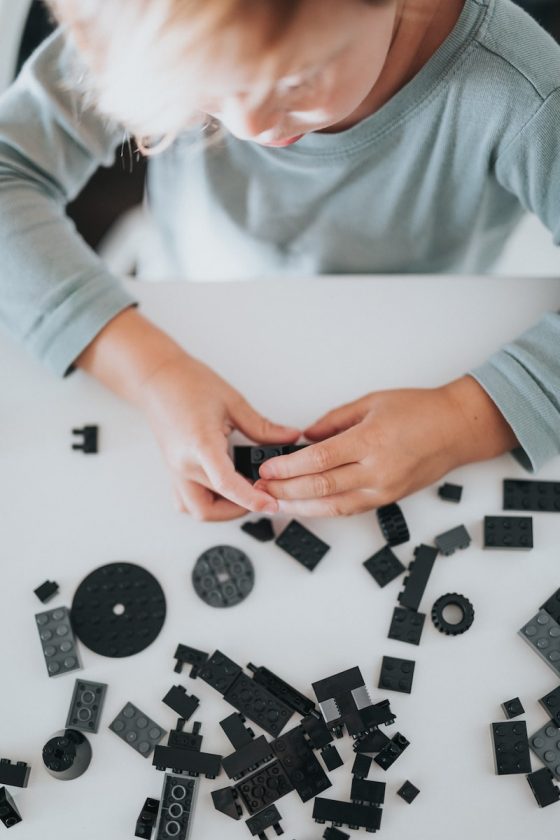The ways to use Lego in homeschool lessons are limitless. Lego can be used to teach a wide range of skills, can be used with all age groups, and building activities can be integrated into most subjects. Lego is a brilliantly versatile toy that in home-ed becomes a tool.
Skills taught by using Lego
Following instructions: Every Lego kit comes with instructions. Learning to follow diagram instructions is a brilliant skill that Lego teaches passively. We often underestimate what children can do if they’re motivated to and the complexity of instructions they’ll successfully follow if they’ll end up with a cool build at the end is a perfect example!
With younger learners, follow the instructions together, teaching them to read the diagrams and match the pieces. When they’re ready to do it themselves, they’ll let you know. As the Lego sets get more complex, they might need help again making building Lego together a great way to bond with older kids.
Motor Skills: Duplo blocks are perfect tools for teaching toddlers. Using a box of Duplo, the lessons you can do with toddlers are endless – colour recognition, number recognition and counting, storytelling etc. Every time they play, they’re working on fine motor skills.
The same applies to older builders too. Lego pieces are tiny! It takes a lot of hand-eye coordination and a steady hand to build the complex kits. Lego-based tasks often require a lot of focus which can help develop concentration skills.
Creativity: It’s one reason Lego’s as popular with adults as children – it’s a brilliant tool to explore our creative sides.
I’m a big proponent of buying only self-build, generic building blocks for kids just getting into the brick-building game. The ready-to-make kits are great and kids love them but there’s less scope for unrestricted creativity than with a big pile of random, multicoloured, free-style Lego blocks.
Brick Instructions’ idea category is a good place for brick builders to browse for, well, ideas.

Using Lego in homeschool
Just as the coolest tech companies put baskets of Lego on meeting tables, including Lego wherever possible in a homeschool environment makes the classroom instantly more exciting for pupils.
From using Lego as a fiddle toy to aid concentration in listening lessons, to using Lego as manipulatives for maths class, there are multiple ways to include brick-building in a homeschool lesson – whatever the subject.
- Maths – use as manipulatives to explain concepts and solve problems
- English – write stories about Lego figures/ narrate stop-motion scenes/ build something from Lego and have your homeschooler write a description of the build – swap and build what they described (great for sibling homeschoolers)
- Science – physics concepts can be explained with Lego models, chemical structures can be visualised, nature can be expressed and body parts replicated.
- History – build a reenactment of an event / architectural model
Using Lego builds is a great way to relive an experience by recreating something you’ve seen on a home-ed school trip ( a castle, armour within the castle eg.)
- Geography – use Lego to explain geology concepts like tectonic plates and to build maps (Lego is a simple way to explain scale, for example)
- Engineering – study architecture, design prototypes, explore the Lego Education engineering lesson plans (moderating projects to use the bricks available to your homelearner)
- Robotics and Coding:
Lego as a company is a champion of STEAM education. The LEGO® Learning System (SPIKE and BricQ kits) are great investments if you want to make bricks a fundamental homeschool resource.
LEGO® Education BricQ Motion Prime kit aligns perfectly with a physics curriculum, allowing students to learn in a hands-on way. The kit includes step-by-step lesson plans home learners can work through independently to learn concepts before using the pieces to practice what they’ve learnt and experiment with physics via play.
LEGO® Education SPIKE™ Prime Set
This kit is a fun, effective tool to teach robotics and coding. The kit can be used in infinite ways, far beyond the 40 lessons included in the starter kit. If your home learner is interested in studying robotics or coding, this is a great homeschool resource to use.
There are lots of science lessons on the Lego site that while designed for use with the Spike or BricQ learning kits, can be modified to use without the motor/ coding aspects to generate alternate science lessons:

In the above example, skipping the ‘programming the sensor’ instruction leaves a lesson that explains the science behind gravity, introduces (or reinforces) vocab like connector/ pivot, and the model itself can be made with simple blocks or used as an example to create their own design; the physics element of the science will be demonstrated.
Splitting lessons like this allows home educators to generate two blocks of science-focused Lego time. Repeating the lesson a second time, focusing on the robotics instructions, learner-builders are repeating the previous physics class: repetition is one of the best ways for learners to solidify knowledge.
Lego Education
The Lego Education site is a great resource for home educators.
There are lesson plans that can be used for many subjects, across grades.
The Lego lesson plans are written to be used in conjunction with the LEGO® Learning System but it’s often easy enough to adapt the lessons to use the existing Lego bricks you have. In fact, adapting the lessons to use what you have requires students to think outside of the box a little and that’s never a bad thing!
If you are part of a home-ed group, an experience day with one of Lego Education’s UK partners, Creative Hut would be a fun activity to organise – either as a training experience for home educators, or as an educational experience day for home learners. Experiences are for groups of 10 or more.
(Note to parent-self: Creative Hut also arrange birthday parties!)
- The Lego magazine is a fun way to include Lego in reading/writing lessons and always has ideas that will inspire either you or your homeschooler. The Lego competitions run in the magazine are a fun way to encourage home learners to enter competitions and share their creations.
You can download back issues of the Lego magazine on the website.
FLLCasts
If your children are Lego lovers and interested in robotics a subscription to FLLCasts would be a brilliant addition to homeschool lessons.
Predominantly geared towards brick builds using the Learning System packs, FLLCasts has hundreds of tutorials to follow for integrated robotics & STEM classes.
Lego is a toy that’s also a tool that makes any activity more fun and it doesn’t have to be expensive to start including Lego builds in home-ed lessons. Lego is easy to pick up second-hand. Often you can find bulk Lego buys (on Ebay/FB marketplace etc) that include motors and other STEAM kit pieces that can be used to replicate the uses of the official kits.
Alternately, Brick Borrow is a subscription membership that lets you borrow Lego sets, build them and return them. This is fantastic if you want to include a Lego build with a specific school unit/topic – architecture sets with a history unit or a country study, a Hogwarts set while reading Harry Potter etc.
Celebrate their work!
For homeschoolers, getting into the habit of collating their work as portfolios is a useful skill. Many universities have entrance routes for home-educated students that accept portfolios as alternatives to qualifications. Using Lego to create a development of skill portfolio might sound silly but it’s not the actual Lego builds that’s important – what’s important is the skill habit of recording their own development. Why not encourage your homeschoolers to photograph their builds (an additional skill), annotate them (like artwork), rate and review their own builds, turn them into stop-motion videos and return to and improve on builds they’ve made before?

